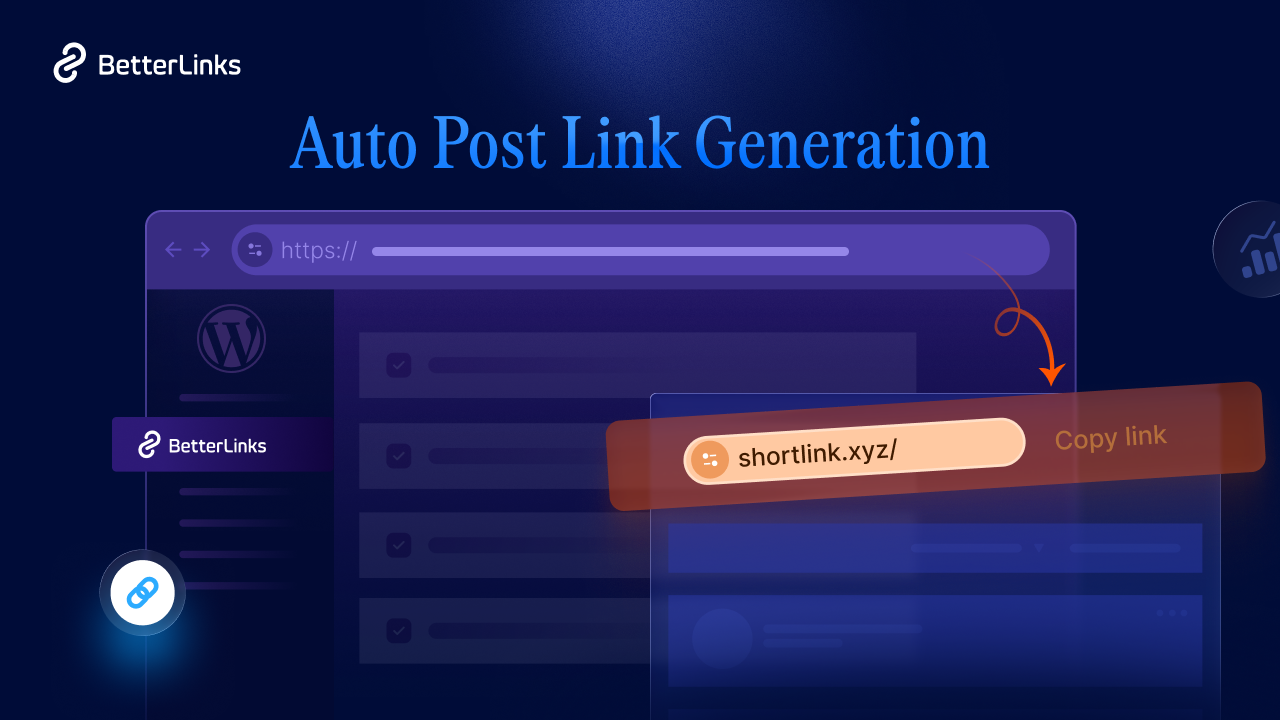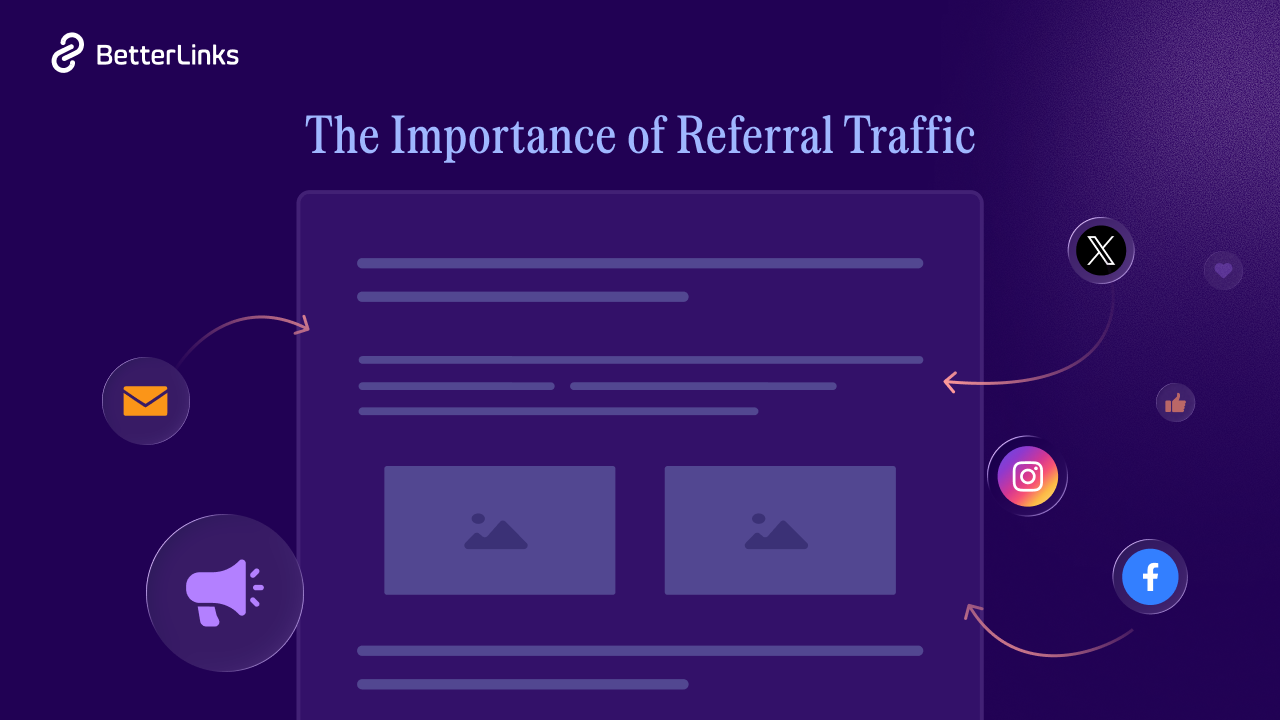Integrating SEO with web accessibility not only broadens user reach but also boosts site usability and enhances user experience, which are significant factors in improving search engine rankings. This synergy between SEO and accessibility drives more organic traffic and reduces legal risks. And increases the overall effectiveness of digital marketing campaigns. By focusing on both, businesses can ensure their digital content is both visible and accessible, maximizing their online potential. In this blog post, we will discuss SEO and accessibility: bridging the gap for better marketing results in detail.

Understanding SEO And Its Role in Digital Marketing
Search Engine Optimization, or SEO, is a fundamental aspect of digital marketing that focuses on enhancing the visibility of websites in search engine results. Essentially, SEO involves optimizing various elements of a website to improve its ranking on search engines like Google, Bing, or Yahoo. The primary goal here is to attract more organic (non-paid) traffic to the site, which can lead to increased brand awareness, customer engagement, and potentially higher sales and conversions.
Primary Objectives of SEO
To get a better notion about SEO and accessibility for the web, let us get a brief overview of it. SEO stands for “Search Engine Optimization.” It is a process designed to increase the visibility of a website in search engine results pages (SERPs). The main objectives of SEO are to enhance the quality and quantity of website traffic, as well as exposure to your brand, through non-paid (also known as “organic”) search engine results.
Despite the acronym, SEO is as much about people as it is about search engines themselves. It is about understanding what people are searching for online, the answers they are seeking, the words they are using, and the type of content they wish to consume. Knowing the answers to these questions will allow you to connect to the people who are searching online for the solutions you offer.
Key SEO Practices
SEO encompasses a variety of strategies and techniques, but some of the most critical include:
- Keyword Research: This involves identifying and analyzing the terms and phrases people use in search engines. The aim is to use this data to inform content strategies and optimize web pages around these keywords.
- Content Optimization: This refers to ensuring that website content is written and presented in a way that search engines can understand. This is not just about using keywords but also ensuring the content is high quality, informative, and relevant to the audience.
- Link Building: This is the practice of acquiring hyperlinks from other websites to your own. Search engines see each link as a vote of confidence, a signal that others vouch for your content, which can improve a site’s ranking in search engine results.
- Technical SEO: This involves optimizing the website and server configurations to help search engine spiders crawl and index your site more effectively (to help improve organic rankings).
The Impact of SEO on Website Visibility And Organic Traffic

Effective SEO strategies can significantly enhance a website’s visibility and organic traffic. A well-optimized website appears higher in search results. And making it more likely that people will click through to the site. Higher site visibility increases the likelihood of attracting prospective customers and converting them into buyers or followers.
SEO helps in building brand credibility and trust, as websites that appear higher in the search results are generally perceived to be more reputable and authoritative. In this case, a proper checklist throughout the process can smoothen the workflow with SEO too.
Web accessibility is crucial because it ensures that everyone, regardless of their abilities, can access and interact with web content. This inclusivity is not just a nice to have, It is essential for creating equal opportunities in the digital age. By prioritizing web accessibility, we can remove barriers that might prevent people with disabilities from fully participating in society and the economy. It is about leveling the playing field so that everyone can benefit from the web.
Web Accessibility And Its Benefits

Web accessibility refers to the design and creation of websites and tools that are usable by people with a wide range of abilities. This includes individuals with visual, auditory, physical, speech, cognitive, and neurological disabilities. The goal is to make the web perceivable, operable, understandable, and robust for all users.
While it primarily assists those with disabilities, web accessibility also benefits others, such as older adults with changing abilities, people using mobile devices, and those with temporary physical injuries.
Legal Requirements And Standards for Web Accessibility (e.g., WCAG)
Web accessibility is guided by various legal requirements and standards, the most notable being the Web Content Accessibility Guidelines (WCAG). Developed by the World Wide Web Consortium (W3C), WCAG provides a framework for making web content more accessible. Governments around the world have adopted these guidelines to varying extents in their legislation.
For instance, in the United States, the Americans with Disabilities Act (ADA) mandates certain businesses to make their digital content accessible. Similarly, the European Union’s Web Accessibility Directive requires public sector websites and mobile apps to meet specific accessibility standards.
The Impact of Accessibility on User Experience And Site Usability
Focusing on accessibility improves the user experience and enhances site usability for everyone. Accessible websites are often easier to navigate and interact with, making the web more pleasant and efficient for all users, not just those with disabilities. For businesses, this can lead to increased customer satisfaction, a broader customer base, and potentially higher sales.
Moreover, accessible websites tend to rank better in search engines, as many SEO best practices, like providing alt text for images and ensuring navigable structures, overlap with accessibility requirements. Thus, prioritizing accessibility is not only a moral and legal imperative but also a smart business strategy.
Bridging the Gap Between SEO And Accessibility
When we talk about SEO (Search Engine Optimization) and web accessibility, It is common to think they serve different purposes. However, these two areas are more interconnected than you might think. SEO aims to improve a website’s visibility on search engines like Google, while web accessibility ensures that websites are usable by people with disabilities. Bridging the gap between these two can lead to a website that is not only more inclusive but also performs better in search rankings.
Common Misconceptions About SEO And Accessibility
Several misconceptions about SEO and accessibility can lead businesses to overlook their mutual benefits. One common myth is that focusing on accessibility can detract from a site’s aesthetic appeal or functionality. In reality, a website can be both beautifully designed and fully accessible. Another misconception is that SEO only involves keywords and link-building, while accessibility is just about adding alt-text to images. Both areas, however, encompass a broader range of practices that enhance the overall user experience and can improve site performance across various metrics.
Examples of How SEO Practices Can Enhance Accessibility

SEO practices often align closely with web accessibility guidelines. For instance, using alt text for images is a well-known SEO tactic that helps search engines understand what an image depicts. This same practice is crucial for accessibility, as it allows screen readers to describe images to visually impaired users.
Similarly, maintaining a clear and logical structure with proper use of headings (H1, H2, H3) benefits SEO by helping search engines understand the content hierarchy, and it also aids accessibility by allowing screen readers to navigate content more effectively.
The Role of Accessible Content in Improving SEO Performance
Accessible content tends to be well-structured, clear, and easy to navigate, which not only benefits users with disabilities but also improves the overall user experience for all visitors. This enhanced user experience can lead to longer visit durations, lower bounce rates, and better engagement metrics, all of which are positive signals to search engines and can lead to higher rankings. Moreover, by adhering to accessibility standards, websites can reach a wider audience, including millions of people with disabilities, thereby increasing potential traffic and interactions.
SEO Practices That Improve Accessibility
When we talk about SEO practices that enhance accessibility, we are essentially discussing the dual benefits of making your site easier to navigate for both search engines and users with disabilities. It is about creating a win-win situation where your site not only ranks better but is also more accessible to people from all walks of life.
Simple changes like using clear, descriptive alt text for images and ensuring your site is navigable via keyboard can significantly improve how accessible your content is while also boosting your SEO by making your site more crawlable and understandable to search engines.
Optimizing Site Structure And Navigation

Optimizing your site’s structure and navigation is crucial for both user experience and SEO. A well-organized website helps users find what they need quickly and effortlessly, which enhances user satisfaction and engagement. From an SEO perspective, a logical site structure helps search engines understand your site’s hierarchy and the relative importance of each page. This can influence how your site is indexed and ranked. Implementing a clear navigation system, using breadcrumb trails, and organizing content into clearly defined categories are all effective strategies for optimizing both site structure and navigation.
Importance of a Logical Site Structure for SEO And Accessibility
A logical site structure is not just important—It is essential for both SEO and accessibility. SEO ensures that search engines can crawl your site efficiently and understand the relationship between different pages, which helps in better indexing and ranking. For accessibility, a logical structure ensures that all users, including those with disabilities, can navigate the site more easily. This might involve creating a consistent layout and predictable navigation paths that help users understand where they are on the site and how to access the information they need without confusion.
Enhancing Content Accessibility
When we talk about enhancing content accessibility, we are focusing on making digital content usable by as many people as possible, including those with disabilities. This involves adhering to certain principles and guidelines that ensure content is perceivable, operable, understandable, and robust. By improving accessibility, we not only comply with legal requirements but also broaden our audience, improve user experience, and potentially enhance SEO performance.
The Role of Alt Text for Images in SEO And Screen Reader Accessibility

Alt text, short for “alternative text,” plays a crucial role in both SEO and accessibility for screen readers. For visually impaired users who rely on screen readers, alt text provides a textual description of images on web pages, which helps them understand content they cannot see. From an SEO perspective, alt text helps search engines understand the content of images, which can improve the indexing and ranking of the website in search results. It is important to write concise and descriptive alt text that accurately reflects the content and function of the image.
Importance of Readable And Understandable Content for Both SEO And Accessibility
Readable and understandable content is essential for both SEO and accessibility. Content that is easy to read and comprehend improves user engagement, reduces bounce rates, and enhances the overall user experience, which are all factors that search engines consider when ranking sites.
For individuals with disabilities, particularly those with cognitive disabilities, clear and simple language helps in understanding the content better. Ensuring that text is structured logically with appropriate headings and is free from jargon can make a significant difference.
Use of Captions And Transcripts for Multimedia Content

Captions and transcripts are vital for making multimedia content accessible. Captions provide a text version of the audio in videos, which is crucial for deaf or hard-of-hearing viewers. Transcripts offer a full textual representation of both speech and non-speech elements in multimedia and are useful for people who prefer reading over listening or who use assistive technologies like screen readers. Both captions and transcripts help in making content accessible and can also contribute to improved SEO by making multimedia content indexable by search engines.
Technical SEO Enhancements for Accessibility

When we talk about making websites accessible, It is not just about ensuring that people with disabilities can use them effectively—It is also about making sure these sites are set up in a way that search engines can understand and properly index. This is where technical SEO comes into play.
By improving technical aspects like semantic HTML, correct use of headers, and ensuring that all interactive elements are keyboard accessible, we enhance the site’s usability and visibility on search engines. It is a dual benefit that not only helps real users but also boosts your site’s presence online.
Mobile Responsiveness And Its Impact on SEO And Accessibility

The importance of mobile responsiveness cannot be overstated today. With the majority of internet traffic coming from mobile devices, having a website that adjusts smoothly to different screen sizes is crucial. This adaptability improves user experience significantly, which in turn, positively impacts SEO rankings. Google, for instance, prioritizes mobile-friendly websites in its search results.
Moreover, mobile responsiveness also plays a critical role in accessibility, making digital content available and usable for everyone, including those using mobile assistive technologies.
Site Speed Optimization Techniques That Benefit Both SEO And Accessibility

Site speed is another critical factor that influences both SEO and accessibility. Faster websites provide a better user experience, keep users engaged, reduce bounce rates, and benefit SEO aspects. From an accessibility perspective, a quick-loading site means that users with certain disabilities, such as cognitive impairments, can navigate and understand content more effectively without delays that could cause confusion or frustration. Techniques like optimizing images, leveraging browser caching, and minimizing the code can significantly improve site speed.
Use Schema Markup to Enhance Content for Search Engine
Schema markup is a powerful tool that helps search engines understand the content of a website better, but it also has significant implications for accessibility. By implementing schema markup, you provide a structured data format that can be easily interpreted by assistive technologies, helping to outline and explain the content on a page.
This can be particularly useful for content like events, recipes, or product information, where specific details can be marked up to highlight important information both to search engines and users utilizing screen readers.
SEO And Accessibility Impacts On Better Marketing Results
SEO (Search Engine Optimization) and web accessibility are interlinked strategies that significantly enhance marketing results by improving user experience and search engine rankings. Implementing accessibility features such as alt text for images, proper heading structures, and readable fonts. It not only makes websites more usable for people with disabilities but also aligns with SEO best practices. Accessible websites are easier for search engines to crawl and index, which can result in better visibility on search engine results pages (SERPs)
Hope you find this blog helpful to know the SEO and accessibility: bridging the gap for better marketing results to join in 2024 and earn easily. You can check out more blogs here to get all updates or join our Facebook community to connect with us.






